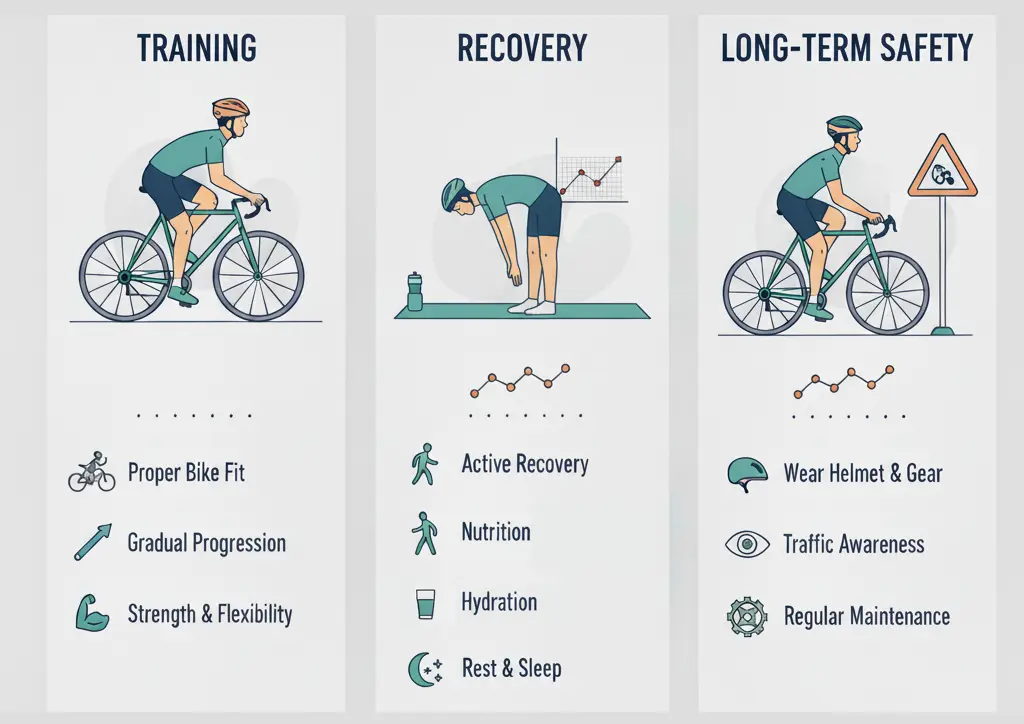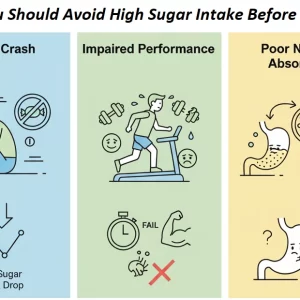Contents
Cycling builds endurance, strengthens the lower body, and delivers one of the best low-impact workouts available. But repetitive motion and long hours in the saddle also take a toll. From sore knees to strained backs, and sometimes more serious accidents on the road, injuries are an unfortunate reality for many riders. The good news is that most cycling injuries can be reduced or managed with smart training, intentional recovery, and safe riding habits.

Why Injury Prevention Matters for Cyclists
Every pedal stroke repeats the same motion thousands of times in a single ride. Over time, that repetition puts stress on the joints and supporting muscles. If posture is off or strength is lacking in key areas, small problems can quickly add up. The most common issues include:
- Knee pain caused by improper saddle height, poor bike fit, or weak supporting muscles around the joint.
- Lower back discomfort from poor posture, long hours in a crouched position, or insufficient core stability.
- Neck and shoulder strain linked to tension from holding the handlebars too tightly or leaning too far forward.
Cycling also presents unique injury risks compared to other endurance sports. Runners often deal with impact-related injuries, while cyclists face more issues from overuse and posture. Cycling presents different injury risks than other endurance sports, which means prevention strategies must be tailored to the demands of cycling rather than copied from other training programs.
Another factor is time in the saddle. Long-distance cyclists can ride for hours at a stretch, and even recreational riders may spend entire weekends on the bike. Small inefficiencies, such as a slightly misaligned cleat or a weak glute muscle, can be magnified over time and increase the likelihood of pain.
Ignoring these warning signs can lead to the development of chronic conditions. Patellofemoral pain syndrome (often called “cyclist’s knee”), sciatica, and persistent neck tightness are common examples of problems that start small but escalate if left unaddressed. Once these issues develop, they can sideline a cyclist for weeks or months, cutting into training progress and fitness gains.
For many riders, injuries are not just painful; they interrupt training progress and limit performance potential. That is why prevention is more than a side focus; it is a central part of a long-term cycling plan. Staying healthy requires a balance of conditioning, proper equipment setup, and attentive training habits. When these elements are in place, cyclists can train consistently, build endurance steadily, and spend more time enjoying the ride.
Training for Injury Prevention
The gym is one of the most effective places to build the strength and mobility that protect cyclists on the road. A strong foundation reduces wear and tear on joints, improves posture, and makes the body more resilient to unexpected stress. Key elements of an injury-prevention training plan include:
- Strength Training: Exercises like squats, lunges, and hip thrusts strengthen the glutes and quadriceps, which power the pedal stroke and protect the knees.
- Core Stability: Planks, dead bugs, and rotational core work help maintain posture on long rides and relieve pressure from the lower back.
- Mobility Work: Dynamic stretches for the hips, hamstrings, and shoulders improve flexibility and reduce the chance of overuse injuries.
- Balance Training: Single-leg exercises and stability ball drills enhance control, particularly when navigating through traffic or on uneven terrain.

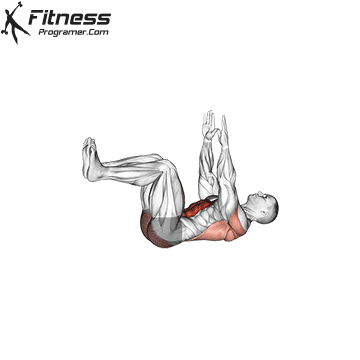
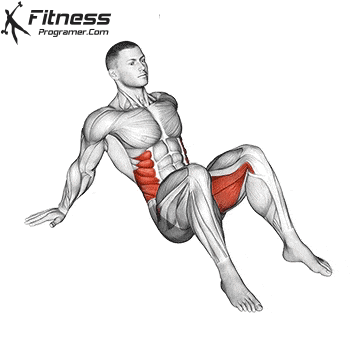
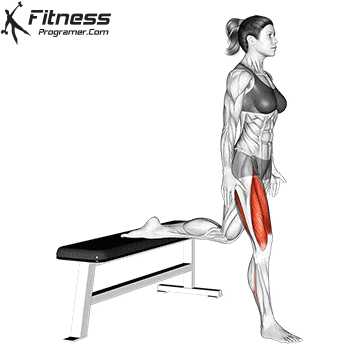
While training can reduce the likelihood of overuse injuries, it cannot eliminate the risk entirely. Location and riding conditions play a major role in cycling safety.
For example, Chicago has invested heavily in bike lanes and cycling infrastructure; however, dense traffic and harsh winter conditions still put riders at a greater risk of crashes compared to cities like Portland, Oregon, where protected lanes and milder weather create safer conditions. In contrast, car-heavy regions such as Houston or Miami often report higher collision rates due to limited cycling infrastructure.
These differences show how much a cyclist’s environment influences overall safety. In busy cities such as Chicago, even well-conditioned athletes may face injuries from accidents that training alone cannot prevent. In these situations, consulting a Chicago bicycle accident lawyer can provide valuable support, helping riders focus on their recovery while ensuring their rights are protected.
Recovery Strategies for Cyclists
Recovery is the process by which the body adapts to training and returns stronger. Without it, fatigue builds, performance drops, and the risk of injury rises. A smart recovery plan keeps cyclists consistent, which is often more important than any single workout.
1. Active Recovery
On days between harder rides, light activity helps loosen tight muscles and improve circulation. Easy cycling, swimming, or a short walk are enough to restore movement without adding more strain.
2. Stretching and Mobility Work
Tight hips, hamstrings, and shoulders are common complaints among cyclists. Dynamic stretches before a ride prepare the body for motion, while static stretches afterward help maintain flexibility. Adding mobility drills for the spine and hips also reduces stress on the back during long rides.
3. Nutrition and Hydration
The right fuel speeds up recovery. Protein supports muscle repair, while carbohydrates replenish the energy expended during cycling. Staying hydrated matters just as much, since even mild dehydration can slow recovery and increase soreness. After long or hot rides, adding electrolytes helps replace what is lost through sweat.
4. Rest and Sleep
No recovery strategy works without adequate rest. Muscles repair and hormones rebalance during deep sleep, making it one of the most effective tools for preventing injuries. Consistency is crucial here, as late nights and irregular sleep can undermine the benefits of even the best training program.
When to Seek Professional Help
Soreness that fades after a day or two is usually harmless; however, pain that lingers or worsens requires attention. Ongoing discomfort in the knees, back, or joints may indicate an injury that requires medical attention. Evidence-based resources, such as the essential recovery strategies for young athletes from the American College of Sports Medicine, highlight when recovery routines are not enough and professional evaluation is needed.
Long-Term Cycling Safety Tips
Preventing overuse injuries in training and building a solid recovery routine set the foundation for consistent performance. However, cyclists also need to consider long-term safety on the road and in their overall riding habits. A balanced approach to preparation and awareness reduces risks both inside and outside of training.
1. Bike Fit and Equipment
A properly fitted bike is one of the best defenses against chronic pain. Adjusting saddle height, handlebar position, and cleat alignment ensures the body moves efficiently and minimizes stress on the joints. Investing in quality gear, such as padded shorts and well-fitted helmets, also improves comfort and protection.
2. Road Awareness
Even strong and experienced cyclists are vulnerable to traffic hazards. Staying visible with reflective clothing, using proper lighting, and following traffic laws are non-negotiable safety habits. Riding predictably and avoiding distractions, such as headphones, lowers the chances of collisions.
3. Training Support
Complementary exercises off the bike, including core strength and mobility routines, support better posture and lower injury risk during long rides. For example, incorporating leg swings (front to back) into a warm-up routine improves hip mobility and prepares the body for efficient pedaling.
4. Seasonal Considerations
The weather affects riding conditions significantly. Wet or icy roads demand slower speeds and greater caution, while summer heat increases hydration needs. Adjusting training and equipment for the season ensures safety while maintaining consistency and effectiveness.
Conclusion
Cycling puts the body through thousands of repetitive movements, making injury prevention and recovery essential for long-term performance. Strength training and mobility work build resilience, structured recovery routines keep fatigue from turning into setbacks, and smart safety habits reduce risks both in training and on the road. By combining these strategies, cyclists can ride with greater consistency, confidence, and protection against the challenges inherent in the sport.

